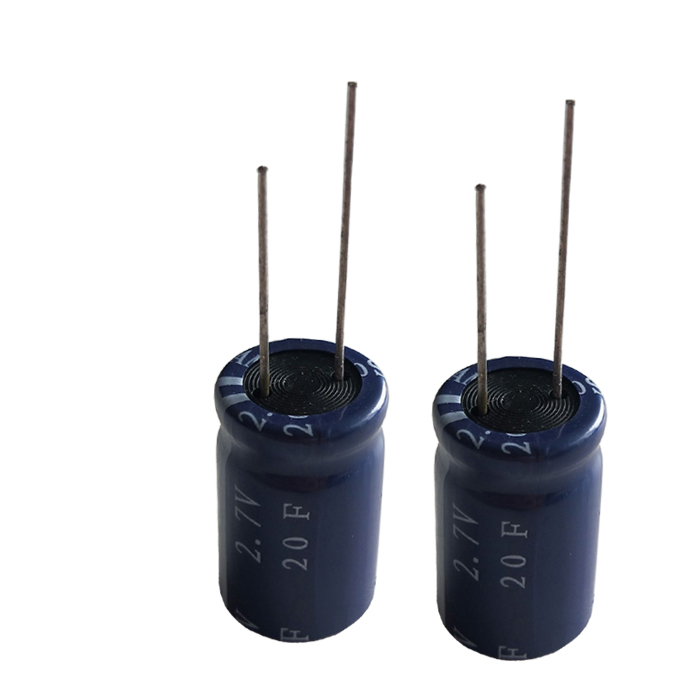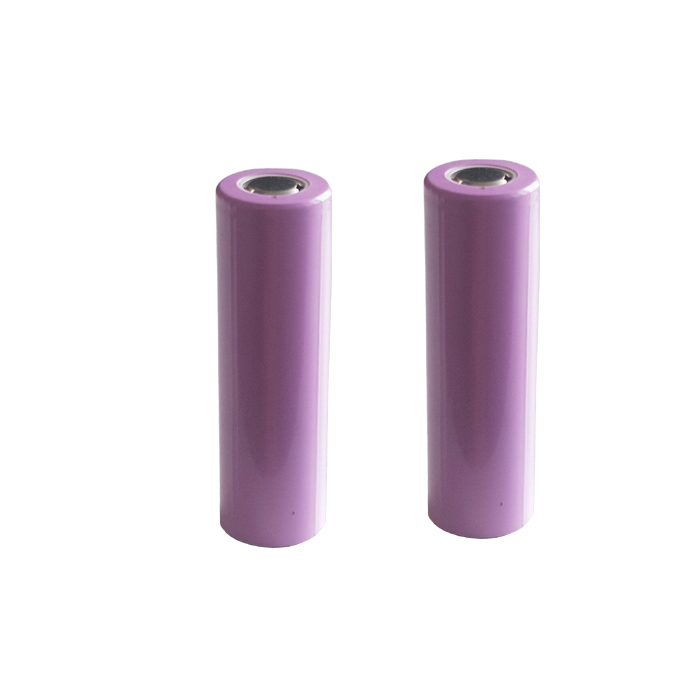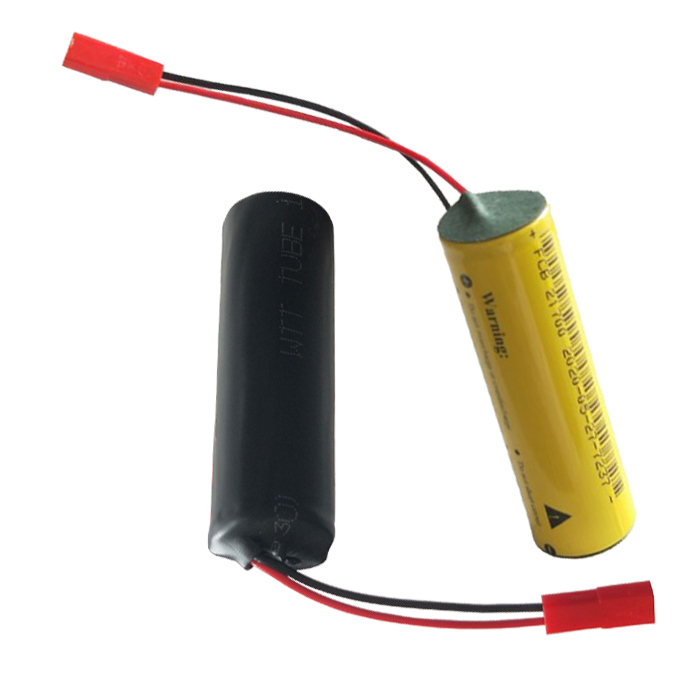Consulting phone:
135-3037-2041
(Mr.Wang)
Application of supercapacitor in car start

2 Principles and characteristics of supercapacitors
2.1 The principle of supercapacitor
A supercapacitor is a capacitance capacitor with a capacitance of thousands of farads. Take supercapacitors as an example. According to the principle of capacitors, the capacitance depends on the distance between electrodes and the surface area of the electrodes. In order to obtain such a large capacitance, the distance between the electrodes of the supercapacitor should be reduced as much as possible and the surface area of the electrodes should be increased. electrode.
Super capacitor. When the electric double layer medium applies a voltage to the two electrodes of the capacitor, a charge of opposite polarity to the charge carried by the electrode is generated on the dielectric interface close to the electrode and bound on the dielectric interface, forming the two capacitors in fact. electrode. , it is obvious that the distance between the two electrodes is very small, only a few nm, and the activated carbon porous electrode can obtain a very large electrode surface area, which can reach 200m 2 /g. Therefore, the supercapacitor of this structure has a very large capacitance and can store a large amount of electrostatic energy. In terms of energy storage, this property of supercapacitors is between conventional capacitors and batteries. When the potential between the two electrode plates is lower than the redox electrode potential of the electrolyte, the charge on the electrolyte interface will not be separated from the electrolyte, and the supercapacitor is in a normal working state (usually below 3V). The redox electrode potential of the electrolyte, then the electrolyte will decompose and be in an abnormal state. As the supercapacitor discharges, the charges on the positive and negative plates are discharged by the external circuit. The charge response at the electrolyte interface is reduced. It can be seen that the charging and discharging process of supercapacitors is always a physical process. There is no chemical reaction. Therefore, the performance is stable, unlike batteries that utilize chemical reactions.

2.2 Main features of supercapacitors
Although the energy density of supercapacitors is 5% or less than that of batteries, this energy storage method can be applied to the shortcomings of traditional batteries and short-term high peak currents. Compared with batteries, such supercapacitors have several advantages:
First, the capacitance is large, and the supercapacitor uses activated carbon powder and activated carbon fiber as polarizable electrodes. The area in contact with the electrolyte is greatly increased. According to the calculation formula of capacitance, the larger the surface area of the two plates, the larger the capacitance. Therefore, the capacity of the general electric double layer capacitor is easy to exceed 1F. Its appearance has suddenly jumped the capacity range of ordinary capacitors by 3 to 4 orders of magnitude, and the current capacity of single supercapacitors can reach 5000F;
Second, the charge and discharge life is very long, up to 500,000 times or 90,000h, while the charge and discharge life of the battery is difficult to exceed 1,000 times;
The third is to provide high discharge current. For example, the rated discharge current of a 2700F supercapacitor is not less than 950A, and the peak discharge current can reach 1680A. Generally, batteries cannot have such a high discharge current, and some batteries with high discharge current will have a greatly shortened service life under such a high discharge current;
Fourth, it can be quickly charged in tens of seconds to minutes, and it would be extremely dangerous or almost impossible to fully charge the battery in such a short time:
Fifth, it can work normally in a wide temperature range (-40℃~+70℃), but it is difficult for the battery to work at high temperature, especially in low temperature environment;
Sixth, the materials of supercapacitors are safe and non-toxic, while lead-acid batteries and nickel-cadmium batteries are toxic. Moreover, supercapacitors can be used in parallel to increase the capacity, and can also be used in series if voltage equalization measures are taken.
3 Application of supercapacitor in car start
3.1 Improvement of electrical properties
When the supercapacitor is connected in parallel with the battery, the voltage wave in the starting process of the car is compared with Figures 1 and 2. The voltage drop at the moment of starting is increased from 3-2V when only the battery is used to 7.2V; the starting current is increased from 560A to 1200A; The output power of the power supply increased from 2kW to 8.7kW; the stable voltage during the startup process was increased from 7V to 9.4V; the stable current during the startup process was increased from 280A to 440A; the stable output power of the power supply during the startup process was increased from 2.4kW to 4.12kW.

3.2 Improvement of startup performance
The parallel application of supercapacitors and batteries can improve the starting performance of locomotives. A supercapacitor (450F/16.2V) was connected in parallel with a 12V, 45Ah battery to start a car with a 1.9L diesel engine. Starts smoothly at 10°C. Although it is possible to start without the supercapacitor battery connected in this case, the speed and performance of the starter motor with the supercapacitor in parallel with the battery are very good. Due to the increase in the output power of the power supply. The starting speed is increased from 300r/m when only the battery is used to 450r/m. Supercapacitors in particular improve the car's starting performance in cold weather (higher starting torque). At -20°C, due to the greatly reduced performance of the battery, it is likely to be difficult to start normally or require multiple starts to ignite. However, when the supercapacitor is connected in parallel with the battery, it only needs to be ignited once, and its advantages are very obvious.
3.3 Improvement of battery application status
When the supercapacitor is connected in parallel with the battery, since the equivalent series resistance (ESR) of the supercapacitor is much lower than the internal resistance of the battery, at the moment of starting, 800A of the 1200A starting current is provided by the supercapacitor. The battery only provides 400A of current, which is significantly lower than the 560A that only uses the battery, which effectively reduces the polarization of the battery plate, prevents the internal resistance of the battery from rising, and improves the stable voltage during the start-up process. The most important thing is that the reduction of the polarization of the battery plate is not only conducive to prolonging the service life of the battery. It can also eliminate the impact of frequent starts on battery life.